Fall is on it’s way and with it comes the time to prepare your garden for the cold seasons, whether that may be in a few weeks time or in a month’s time. It is vital that you prepare your garden for fall and winter.
While many people think that “you can not plant/grow anything in the cold season” that is 80% correct and 20% incorrect.
It all depends on where you live and just how harsh your cold seasons are.
Lets Dig In.
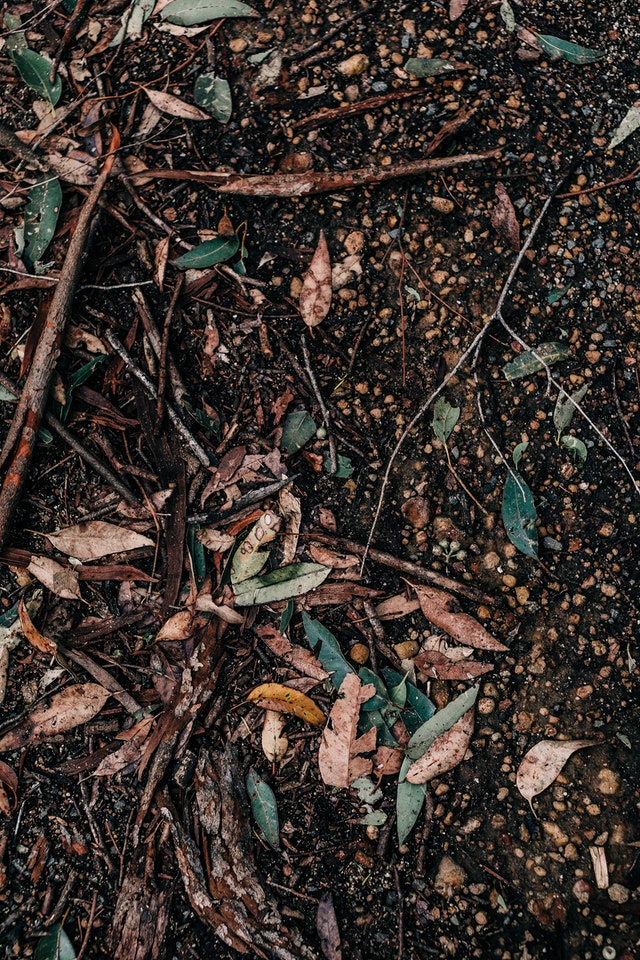
1. Clean up rotting and dead plants:
Cleaning up old dead, and rotting plants, helps to remove any diseases/pests that may be seeking refuge in the dead plants.
Not only does it help protect your garden, but it also makes your garden look a whole lot neater.
If you dig the healthy old plants into the ground, they will start to decompose and add nutrients to your garden.
To do this, all you have to do is chop the plant into smaller pieces, then merely dig some holes, place the chopped plants into them, and cover up. Just make sure that there isn’t any blight or other diseases on the plants.
If there are, then DO NOT dig those plants into your garden bed, only dig the healthy ones in.
Dispose of the unhealthy ones in the garbage, as you do not want them in your garden.
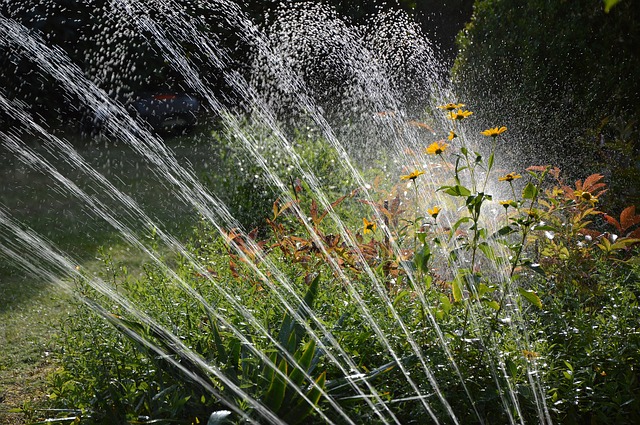
2. Check your watering systems (& Tools)
If you are using any automatic watering systems, check that all your water pipes are underground, as the cold could cause the water in the pipes to freeze and crack the pipes.
This could potentially cause your garden to become a swamp land.
The water bill from something like that, is not going to be very appealing.
If you can’t bury your pipes under a decent layer of soil, you can either:
#1: Not water your garden while the pipes are still frozen, wait until they have thawed, before watering.
#2: Purchase a couple of lengths of water pipe insulation, basically a foam tube that goes over the pipes, to keep them warm and cozy.
Tools:
Be sure to tidy away your gardening tools, and implements as well. After using them to prepare your garden for fall, knock off all the soil, you can even give them a wash to keep them nice and clean.
You can also protect them from rust by giving them a wipe with engine oil, or boiled linseed oil will work just fine.
But if you want to go for a more natural oil, vegetable oil will also work, with olive oil being the best.

3. Prepare your soil for spring:
While many people keep this activity for spring, fall is actually the perfect time to mix in compost, manure, bone meal, or even fertilizers if you use them.
By mixing them into your garden now, you will be giving them time to start letting out their nutrients, and replenishing the soil.
This will mean that come spring, you have removed the need to put nutrients into your garden, and save you that extra work in the busy season.
If you do, then I would highly advise that you cover your garden bed with Mulch (further down in this article) or plastic.
The mulch or plastic will slow the flow of water through the soil, this will mean that fewer minerals get swept out of reach of the plant’s roots (Active Root Zone).
This specifically applies to raised beds, more so than other beds, because raised beds can have their nutrients washed below the active root zone, very easily if there are no plants to help keep the nutrients within the active root zone.
Lightly hoeing the soil when you mix in the nutrients will also help them spread easier, and also decrease your workload in spring.
PRO TIP:
Never, never walk on your garden beds….. never kneel on the beds either, and never place heavy objects on your garden bed.
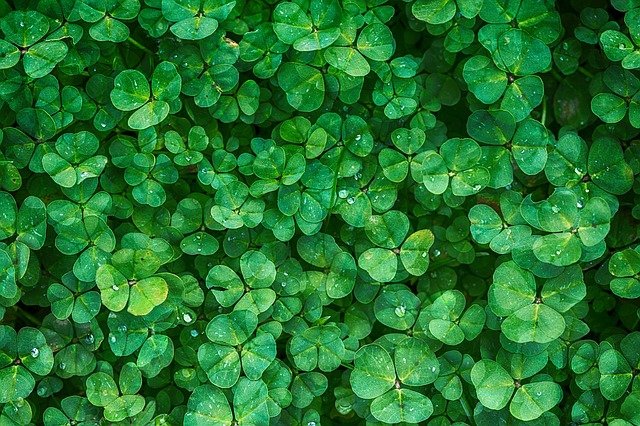
4. Plant cover crops:
In many climates, early fall, or late summer is a great time to plant cover crops.
These can either grow through the winter (location dependent) or just so that you can get another quick crop in and out, before the really harsh weather hits.
Planting crops that will grow through winter or partially into winter, will also help to protect the soil.
If you plant Nitrogen Fixers into your garden as cover crops (beans, soybeans, peas, chickpeas, peanuts, lentils, mesquite, carob, tamarind, alfalfa, and clover) they will replenish the nitrogen in your soil.
The actual legume plant doesn’t do the nitrogen fixation, it is instead done by a bacterium that attaches itself to the roots of legumes, this bacterium is known as a root nodule.
You can also install a mini-greenhouse over your garden bed, to get the plants further through winter.
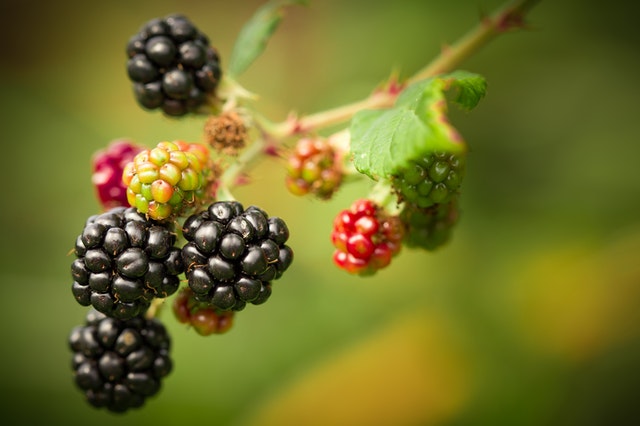
5. Prune perennials:
Fall is an excellent time to trim some garden perennial plants, but be careful to choose the right ones.
While many plants like fennel benefit from a fall prune, research has shown that dead raspberry canes help to nourish the plant’s crown into winter (Crown; The part of the plant right at ground level, where roots below ground and the canes above ground join).
Blueberries also prefer a spring prune, as the dead sticks help to protect the plant from exposure to disease and stress.
Rather focus on the plants that benefit from a fall prune:
Herbs like rosemary, thyme and sage. And vegetables like Asparagus, and rhubarb.
Blackberries also benefit from a fall trim, removing the spent or crossing canes to control the plant’s vigorous growth.
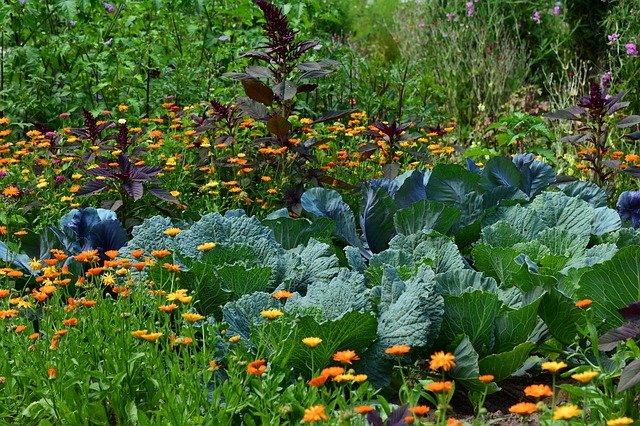
6. Expand Your Garden.
Fall is an excellent time to expand your garden beds, as the weeds are going into hibernation. Another advantage is that fall is the perfect time for hard work, because the air temperature is neither too cold nor too hot, it is just perfect.
You can expand your garden using raised beds, or even square foot beds (check out my article on selecting the correct location).
Most hardware stores or gardening stores have bags of compost and garden soil, for sale at a decent price during fall. (it is better to purchase your compost now, as when spring comes around, there is a general rush for compost and soil, causing the prices to become exorbitant).
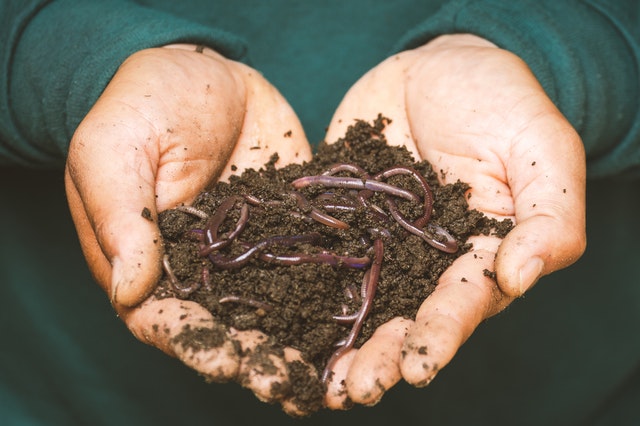
7. Harvest and regenerate your compost:
Now that summer is receding, and fall is approaching, most of us tend to forget about our compost heaps.
This is a strange thing to do, as fall is actually a great time to use the already composted compost in your garden, and to create a new compost heap that can compost over winter.
Using this rich material to top up garden beds, replenish deficient soils, or fertilize lawns, will nourish your soil and jump start the growth in springtime.
Plus, cleaning out finished compost means making way for another load, which in most places can be kept protected against winter’s chill.
To keep those microbes composting a little bit longer, build your fall compost heap with plenty of autumn leaves, straw, or sawdust layered with kitchen scraps and other fresh, green matter.
For more information, read Anna’s article about Composting.

8. Replenish mulch:
Mulching in winter has many of the same advantages as summer mulching.
These consist of reducing water evaporation, soil erosion, and stopping weeds from sprouting.
But winter mulching also has other very useful advantages: as the soil cools down, from the cooler weather, the freezing and then thawing of the soil can damage your plants roots.
Adding a thick layer of mulch onto the soil, will help keep the soil temperatures more stable, and eases the change to winter.
A thick layer of mulch placed around root vegetables, will act as a buffer, to prolong your harvest.
But it will also buffer your crops against hard frosts and prolong your crop.
As the mulch breaks down it puts new nutrients and fresh organic material into your soil.
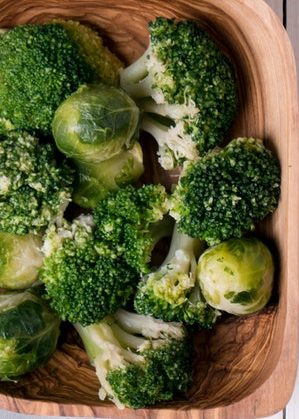
9. What Plants Can You Grow In/Through Fall & How To:
Many plants benefit from the cold, or are capable of surviving the cold weather, either in a greenhouse or outside.
Obviously if you get snow during the cold season, you would want to plant your cold weather plants, in a greenhouse, or under a shelter.
How To?
One of the easiest ways to erect a shelter is to get ¾” or 1” PVC pipe (they normally come in 4yd lengths).
Cut them into 2 yd lengths, and then bend them over, and stick the ends into the ground.
This will form a hoop, that you can stretch shade cloth (shade fabric, or greenhouse plastic).
Using greenhouse plastic, will hold the heat in so that it keeps the soil and plants warmer.
Shade cloth will just keep the snow and frost off of the plants.
What To Plant?
Many plants can handle short periods of cold, but when you are planting plants that you want to have growing through, or partially into winter.
You want them to be able to handle a fair amount of cold.
Here is a list of plants that can be grown, Either all year round, outside in the garden or in a greenhouse.
And a list of plants that you can plant now that will survive into late fall.
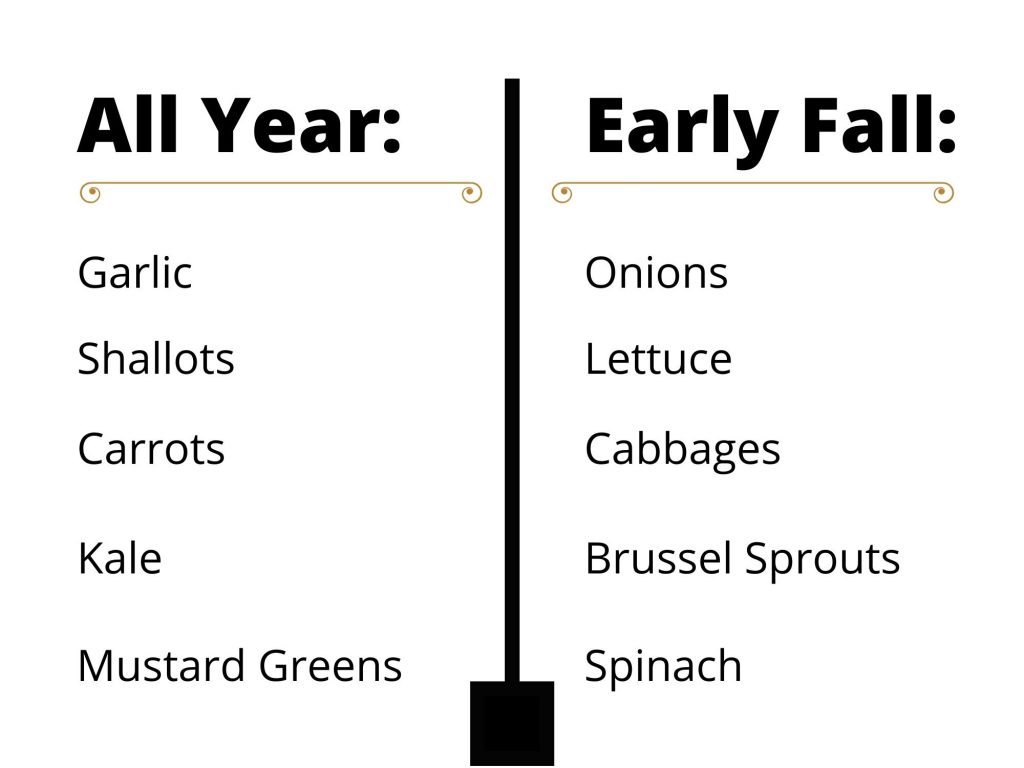
10. Assessing Your Crops, And Planning.
While many people just gung-ho their plans for their garden, it is far more efficient to actually assess your past harvests, and to plan what exactly you want to grow this year.
The easiest way to do this is to first make a rough sketch of your garden, and mark the locations that you planted specific plants, this will help you to not replant the same crops in the same location next season.
By not planting the same things in the same place season after season, you will reduce the chances of diseases infecting your plants, and it will also allow the soil time to revitalize itself by not removing the same nutrients from the soil year after year.
After you have made the chart you can start to plan what you want to grow, and where you want to grow, in the next season.
If you had a particular crop that didn’t succeed very well this year, then chances are that you either don’t want to try it again, or you want to try it in a different location.
You may have also noticed that certain vegetables were not eaten or just went to waste.
By planning what plants you want to plant in the upcoming season, you will find that when the time comes to plants, there won’t be an humming and haaing, as to what and where to plant.
Copy Right © Quick Pick Veg 2021